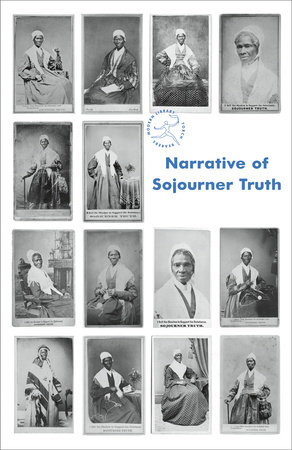Excerpt
The Custom of the Country
Book One1"Undine Spragg!-how can you?" her mother wailed, raising a prematurely wrinkled hand heavy with rings to defend the note which a languid "bell-boy" had just brought in.
But her defense was as feeble as her protest, and she continued to smile on her visitor while Miss Spragg, with a turn of her quick young fingers, possessed herself of the missive and withdrew to the window to read it.
"I guess it's meant for me," she merely threw over her shoulder at her mother.
"Did you ever, Mrs. Heeny?" Mrs. Spragg murmured with deprecating pride.
Mrs. Heeny, a stout professional-looking person in a waterproof, her rusty veil thrown back, and a shabby alligator bag at her feet, followed the mother's glance with good-humored approval.
"I never met with a lovelier form," she agreed, answering the spirit rather than the letter of her hostess's inquiry.
Mrs. Spragg and her visitor were enthroned in two heavy gilt armchairs in one of the private drawing rooms of the Hotel Stentorian. The Spragg rooms were known as one of the Looey suites,and the drawing room walls, above their wainscoting of highly varnished mahogany, were hung with salmon-pink damask and adorned with oval portraits of Marie Antoinette and the Princess de Lamballe. In the center of the florid carpet a gilt table with a top of Mexican onyx sustained a palm in a gilt basket tied with a pink bow. But for this ornament, and a copy of The Hound of the Baskervilles which lay beside it, the room showed no traces of human use, and Mrs. Spragg herself wore as complete an air of detachment as if she had been a wax figure in a show-window. Her attire was fashionable enough to justify such a post, and her pale soft-cheeked face, with puffy eye-lids and drooping mouth, suggested a partially melted wax figure which had run to double-chin.
Mrs. Heeny, in comparison, had a reassuring look of solidity and reality. The planting of her firm black bulk in its chair, and the grasp of her broad red hands on the gilt arms, bespoke an organized and self-reliant activity, accounted for by the fact that Mrs. Heeny was a "society" manicure and masseuse. Toward Mrs. Spragg and her daughter she filled the double role of manipulator and friend; and it was in the latter capacity that, her day's task ended, she had dropped in for a moment to "cheer up" the lonely ladies of the Stentorian.
The young girl whose "form" had won Mrs. Heeny's professional commendation suddenly shifted its lovely lines as she turned back from the window.
"Here-you can have it after all," she said, crumpling the note and tossing it with a contemptuous gesture into her mother's lap.
"Why-isn't it from Mr. Popple?" Mrs. Spragg exclaimed unguardedly.
"No-it isn't. What made you think I thought it was?" snapped her daughter; but the next instant she added, with an outbreak of childish disappointment: "It's only from Mr. Marvell's sister-at least she says she's his sister."
Mrs. Spragg, with a puzzled frown, groped for her eye-glass among the jet fringes of her tightly girded front.
Mrs. Heeny's small blue eyes shot out sparks of curiosity. "Marvell-what Marvell is that?"














